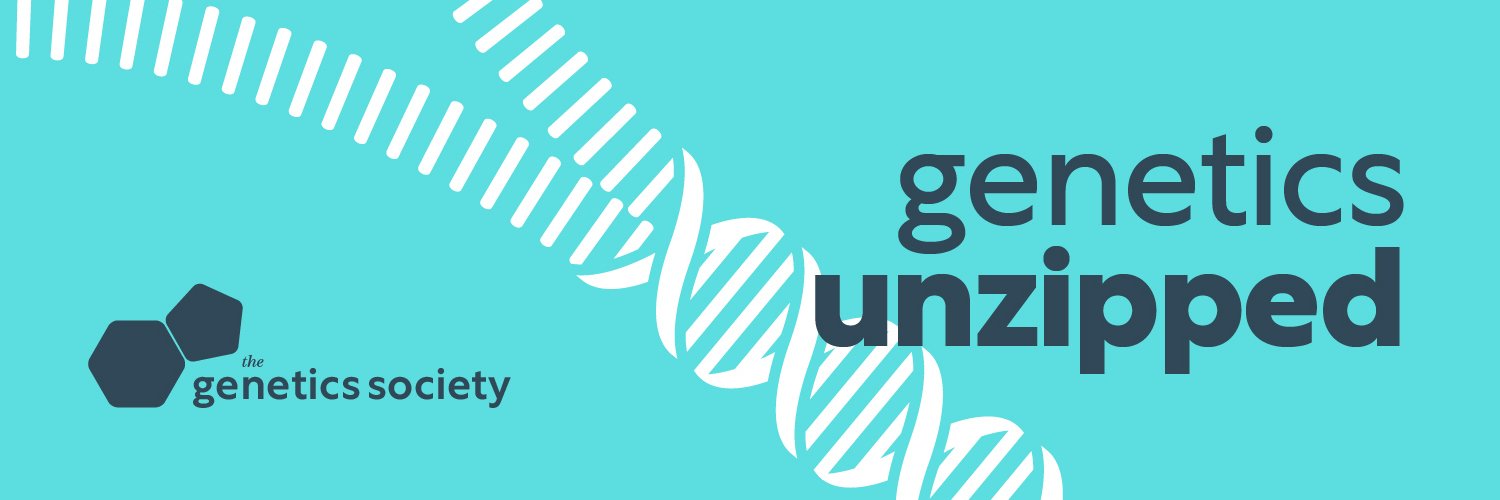For species whose sex is influenced by temperature, like turtles and toads, climate change could cause a catastrophic shift in the balance of males to females.
Gunes Taylor: Genome editing in plants, animals and humans.
Gunes Taylor discusses how CRISPR/Cas9 technology may be used in agriculture, livestock and human health.
Ruth Garde: Cut+Paste - Exploring the ethical issues around genome editing
Ruth Garde is the creative producer behind Cut+Paste a hands-on exhibition at the Francis Crick Institute that aims to explore the ethical issues around gene editing and gather the public’s views about how this technology should be used.
Robin Lovell-Badge: Who should decide what is allowed when it comes to genome editing?
Robin Lovell-Badge discusses why genome editing regulations and ethical approval decisions should not be left up to scientists alone.
Professor Yanick Crow: Testing a new treatment for Aicardi–Goutières syndrome
Professor Yanick Crow and his team at the MRC Human Genetics Unit are testing new treatments for a rare genetic disorder called Aicardi–Goutières syndrome, or AGS.
Natalie Frankish: From a Diagnostic Odyssey to a Good Diagnosis
Natalie Frankish from Genetic Alliance UK explains the long route to diagnosis for patients with rare genetic diseases and what a good diagnosis should look like.
Dr Joe Marsh: Understanding the role of Variants of Unknown Significance in rare disease
Dr Joe Marsh at the MR Human Genetics Unit is trying to figure out how variations in the genome might cause disease.
Professor Zosia Miedzybrodzka: Expanding genetic testing for rare diseases
Professor Zosia Miedzybrodzka from the University of Aberdeen explains how testing for rare genetic diseases has changed over the years, and where it’s heading in the future.
Professor Laurence Hurst
The Genetics Society commissioned a survey of the UK public to find out what they know about genetics and how that shapes their attitudes towards it. I sat down with one of the authors of the study, Professor Laurence Hurst, to talk me through their findings.
Professor Anne Ferguson-Smith
Sally sits down with the president of The Genetics Society, Professor Anne Ferguson-Smith about why they commissioned a large survey asking questions about their attitudes and understanding of genetics, and science more broadly.
All about (genetic) Eve: the quest to find the female founder of our human species
We find out how researchers are using mitochondrial DNA to find the ‘mother of all mothers’
Upcoming deadlines at the Genetics Society
Some upcoming Genetics Society deadlines for spring 2023.
Origin of man: In search of the original Y chromosomal Adam
Y chromosomes and surnames pass from father to son, shedding light on origins, inheritance and migration.
Rachel Freathy: Birthweight and diabetes risk
Dr Rachel Freathy and her team at the University of Exeter are looking at the correlation between birthweight and the risk of developing diabetes later in life.
Courtney Hanna: How to make a placenta
Dr Courtney Hanna and her team at the University of Cambridge are investigating the epigenetic changes that influence the growth and development of the placenta - a vital but poorly understood organ.
Dave Grattan: Prolactin, the hormone that does everything
Professor Dave Grattan and his team at the University of Otago are investigating the multifaceted role of the hormone prolactin in pregnancy.
Elizabeth Clare: bats, cats and naked mole rats
One of the pioneers in the field of environmental DNA is Professor Elizabeth Clare at York University, Toronto Ontario. Her lab has been developing techniques for sucking eDNA out of the air in zoos, prairies and bat roosts for use in conservation.
Kirstin Meyer-Kaiser: Digging up DNA from the depths
The Missing in Action Recovery and Identification Project is a collaborative effort spanning multiple disciplines of genetics, marine biology and archaeology, hoping to use eDNA to locate the remains of military service personnel. Dr Sally Le Page sits down with Dr Kirstin Meyer-Kaiser, a marine biologist at Woods Hole Oceanographic Institution, and one of the leads on this project to find out more.
Charles Konsitzke: using eDNA to find missing people
Charles Konsitzke is another lead on the Missing in Action Recovery and Identification Project, and he told Sally Le Page about how human eDNA is currently being used to locate the bodies of missing people around the world.
The greatest shoal on Earth
Popularly known as the “greatest shoal on Earth”, the KwaZulu-Natal sardine run involves tens to hundreds of millions of Pacific sardines packed into high density shoals to make the annual trip from the coast of South Africa to spend the winter in the Indian Ocean.
For sheer size and spectacle, this marine migration is no less impressive than the wildebeests on terra firma. But unlike the Serengeti herds, which migrate in search of food, the underlying reason for the sardine run is much less clear.




















